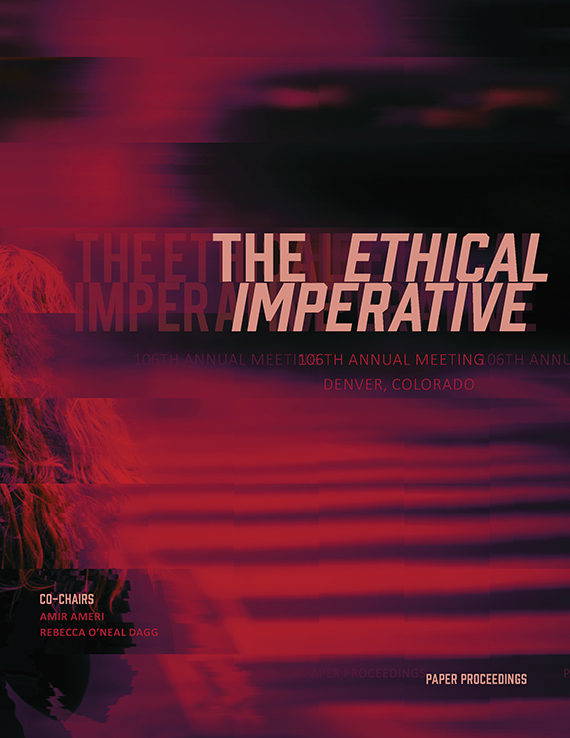Author(s): Stephanie Carlisle & Nicholas Pevzner
Despite two decades of landscape urbanism theory suggesting the possibility of a shared project and a new hybrid discipline, the fields of landscape and architecture retain distinct pedagogies and practices. Many architects and landscape architects aspire to design within an expanded field of practice, but there is still quite a lot that architects and landscape architects misunderstand about each other’s methods, techniques, and intellectual projects. Among these divisions, an over-reliance on objects has resulted in an underemphasis on systems, interactions, and context. Outdated conceptions of “nature” have limited both disciplines’ agency to operate on socio-ecological designed landscapes. A shift in emphasis from objects to systems, and from pattern to function, may enable these disciplines to pursue a more functional design collaboration. Complex challenges facing tomorrow’s cities will require the expertise of both architecture and landscape. Rather than merging into a hybrid discipline, architecture and landscape each have unique skills, modes and methods to offer. The real challenge is finding synthetic and radical forms of collaboration. The emerging field of urban ecology offers insights into how disparate disciplines may productively collaborate on a shared project of exploration and intervention without losing their disciplinary core, culture, methods, or perspective. With the urban environment increasingly recognized as a complex ecosystem of socio-ecological-technological relationships, urban ecology also offers new vocabulary and methodology for collaborative and interdisciplinary work on urban sites, with goals like ecological function, high performance, and ongoing long-term design engagement.
https://doi.org/10.35483/ACSA.AM.106.21
Volume Editors
Amir Ameri & Rebecca O'Neal Dagg
ISBN
978-1-944214-15-9

 Study Architecture
Study Architecture  ProPEL
ProPEL 
